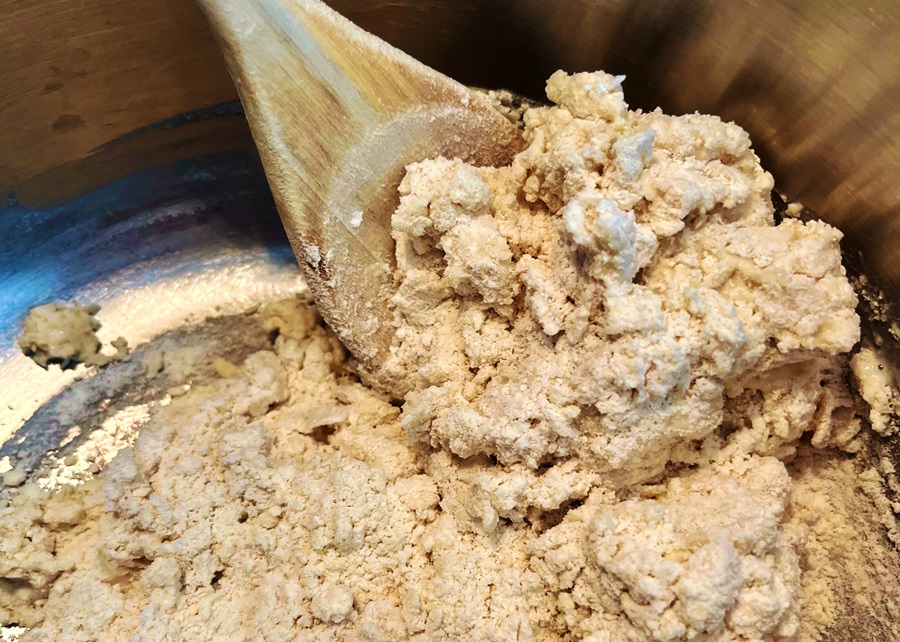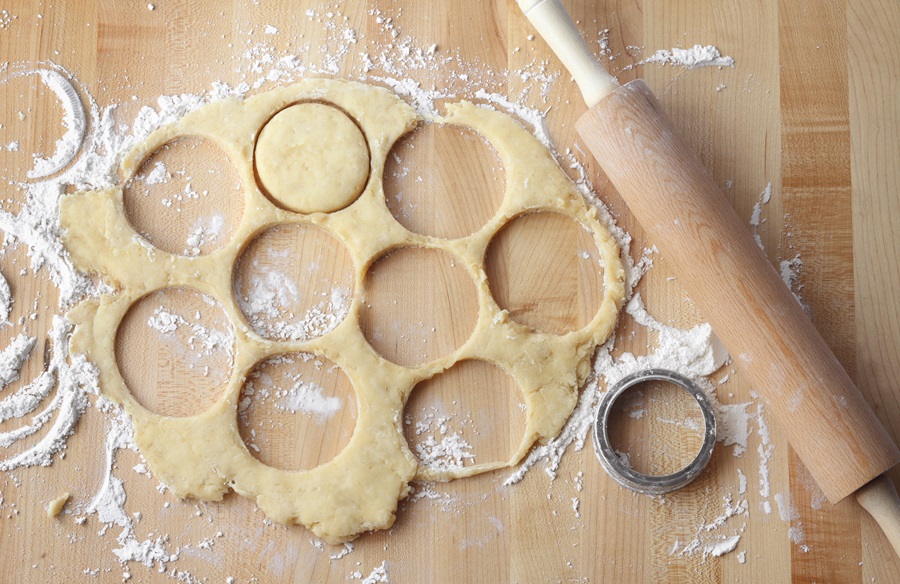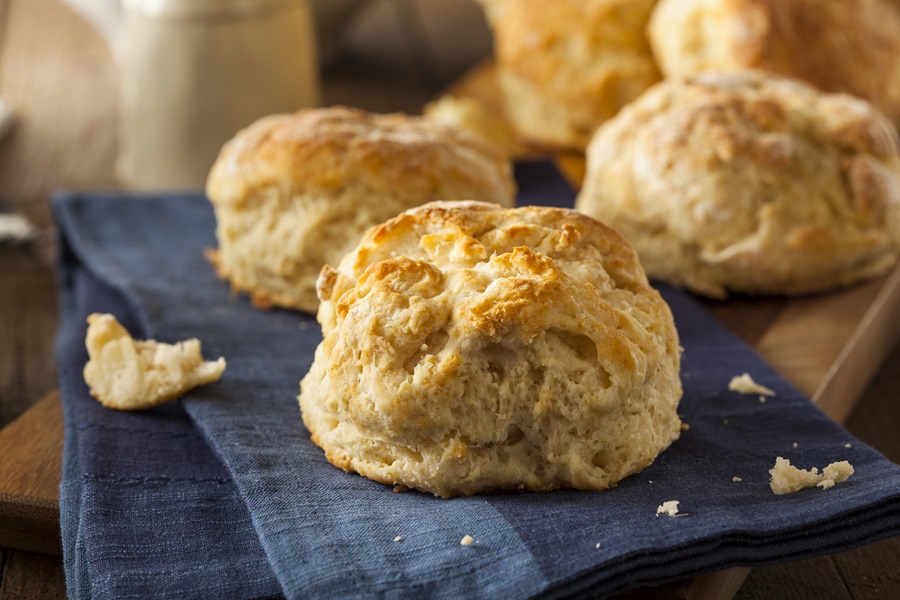The legendary bohemian community that flourished on the Outer Cape in the early to mid-20th century is known for its enormous contributions to the arts, literature, culture, politics, and social justice. Browsing the latest history of this generation, The Shores of Bohemia by John Taylor Williams, I was awed again by those who gathered here: Eugene O’Neill, Charles Hawthorne, Edmund Wilson, Edna St. Vincent Millay, Mary Heaton Vorse, Walter Gropius, Mary McCarthy, Tennessee Williams, Edward Hopper, Robert Motherwell, Helen Frankenthaler.
They came to exchange ideas and to create, of course. And also to drink and carouse. The cocktail and dinner parties were mostly women’s tasks. But how was a thinking, creative working woman to do it all? In Mary McCarthy’s novel A Charmed Life, I found an answer: the menus were stripped down to the essentials.

Williams describes one such “brilliant and basic” menu consisting of vodka, gin, vermouth, baked ham, black bread, Dijon mustard, and a large wheel of brie. The ham was served up on a silver tray decorated with ferns. Job done.
I admire the approach, especially for a warm spring day that beckons eating outdoors, and black bread is certainly durable. But why not go one better with biscuits? The salty, chewy texture of ham perfectly complements feathery, buttery biscuits. And in my book, bourbon conveniently complements both.
Biscuits are best served warm from the oven, and one good reason to make them is that they are quickly prepared. But there are some things to know.

Venturing into the thicket of biscuit-making, I found as many variations as there are types of bourbon, which is surprising because biscuits require only a few ingredients. Are they best with all-purpose flour, cake flour, or a blend of the two? Milk or buttermilk? Should the butter be cold, frozen, or at room temperature? Is lard better? It depends: Do you desire a biscuit that is crisp outside or soft? Fluffy or flaky inside?
Originally biscuits were a staple, easily and economically made to eat at breakfast, lunch, and dinner in place of bread. In this spirit, I decided to work with ingredients already on hand: all-purpose flour, milk, butter, salt, and baking powder.
I checked half a dozen cookbooks on our shelves, paying close attention to technique. The biscuits of my childhood, to tell the truth, were rather hard and flat, and I discovered why. Here’s a quick guide: (1) The milk and butter should be cold; this keeps the butter and flour in separate layers so the biscuits will be flaky. (2) The milk and butter-flour mixture should be stirred together briefly — several recipes I consulted landed on exactly 15 seconds; this keeps the gluten from developing, ensuring the biscuits will be tender. (3) For the same reasons, handle the dough very gently as you press and roll it out. (4) Use a sharp cutter or knife to cut out the biscuits. If you use a water glass (like my mother and grandmother always did), the dull edge of the glass presses down the dough and interferes with the rise of the biscuits.

I ruled out adding sugar to the savory biscuit I was after, which many recipes do include. We brushed half the biscuits with butter and half with milk to see which worked better. When Hugo gamely tried our simple recipe, the result was tasty and nicely textured. Brushing on milk before baking, rather than butter, gave the biscuits a golden-brown color and a crisp top. Then I tried substituting gluten-free flour in another batch, expecting to be disappointed. But the result was surprisingly good, with comparable flavor and texture — slightly crisp outside and flaky inside.

With this carefree menu, let everyone help themselves to ham and biscuits — to be split open, dabbed with sweet butter and grainy mustard, and layered with ham. For historical accuracy, offer bourbon, too, and enjoy a toast to the bohemians.
BUTTERY, FLAKY BISCUITS
Makes 8-12 biscuits
3 cups all-purpose flour*
1 Tbsp. baking powder
1 tsp. salt
6 Tbsp. unsalted butter
1 cup cold milk, plus 1/8 cup extra
* If using gluten-free all-purpose flour, add 2¼ teaspoons xanthan gum to improve the dough’s texture and rise.
- Preheat the oven to 450° F. Whisk together the flour, baking powder, and salt (also the xanthan gum if using gluten-free flour). Cut the butter into small pieces and work it into the flour mixture with your fingers or a whisk. The mixture should look like coarse breadcrumbs at this stage.
- Pour one cup of milk into the flour-butter mixture and stir gently for 15 seconds until the dough comes together. It it’s too dry, add an extra tablespoon of milk and give a quick stir.
- Turn the dough out onto a floured surface and gently shape it into a rectangle about ¾ inch thick. Fold the dough into thirds and with a floured rolling pin roll it out to a half-inch thickness.
- Dip a 2-inch (or smaller) biscuit cutter in flour and begin cutting the dough into rounds. Press down firmly on the cutter — just once for each biscuit — without twisting it. Flour the cutter between each cutting. Place the rounds on an ungreased baking sheet lined with parchment paper, if you like. Piece together remaining scraps of dough, gently pinching the seams, and cut more biscuits. Alternatively, cut square biscuits with a sharp knife. Note that you can freeze the biscuits at this point for a week or so before baking.
- Brush the biscuits with milk and bake for about 10-12 minutes or until they are golden brown. Serve warm from the oven.
